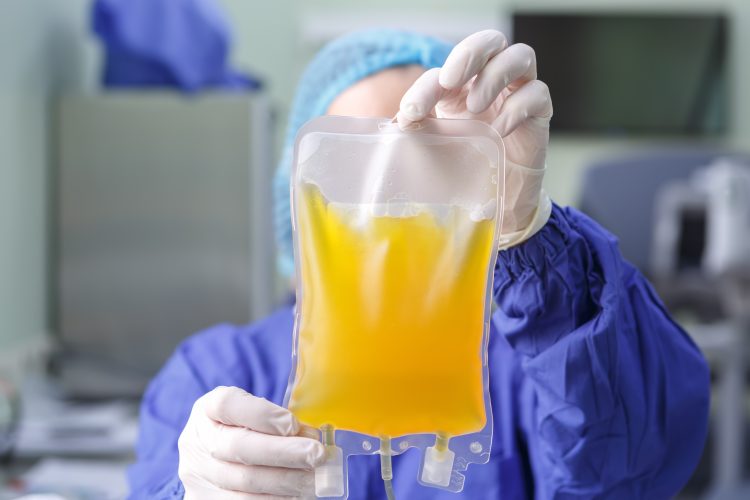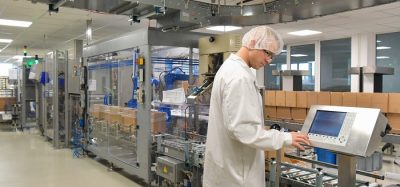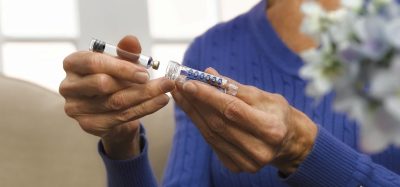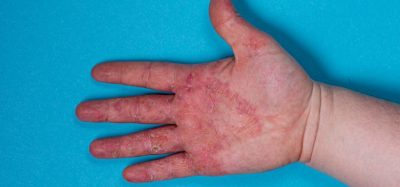Study shows no benefit of convalescent plasma for COVID-19 patients
Posted: 19 August 2021 | Anna Begley (European Pharmaceutical Review) | No comments yet
An NIH trial found that COVID-19 convalescent plasma did not prevent disease progression in high-risk outpatients with early symptoms.


The US National Institutes of Health (NIH) have announced the final results of the clinical trial of COVID-19 convalescent plasma in outpatients (C3PO) which demonstrate that COVID-19 convalescent plasma did not prevent disease progression in a high-risk group of outpatients with COVID-19 when administered within the first week of their symptoms. The trial was stopped in February 2021 due to lack of efficacy based on a planned interim analysis.
COVID-19 convalescent plasma, also known as “survivor’s plasma,” is blood plasma derived from patients who have recovered from COVID-19. Last year, the US Food and Drug Administration (FDA) issued an Emergency Use Authorization (EUA) to allow use of convalescent plasma in hospitalised patients with COVID-19. The objective was to prevent progression to severe COVID-19 illness.
“We were hoping that the use of COVID-19 convalescent plasma would achieve at least a 10 percent reduction in disease progression in this group, but instead the reduction we observed was less than two percent,” said Clifton Callaway, the contact principal investigator for the C3PO trial. “That was surprising to us. As physicians, we wanted this to make a big difference in reducing severe illness and it did not.”
The C3PO trial was a randomised, controlled clinical trial involving adult outpatients who had with mild COVID-19 symptoms during their first week post-infection, launched in August 2020. The trial was conducted by the SIREN clinical trials network and enrolled more than 500 participants from 48 emergency departments across the US.
The diverse range of participants had at least one risk factor for progression to severe COVID-19, such as obesity, hypertension, diabetes, heart disease or chronic lung disease. The researchers randomly assigned the participants to receive treatment with either high-titer COVID-19 convalescent plasma (containing anti-COVID-19 antibodies) or placebo (salt solution infused with multivitamins and lacking antibodies).
Researchers compared outcomes in both groups within 15 days of treatment, investigating whether the patients needed to seek further emergency or urgent care, were admitted to the hospital or died. They found no significant difference in disease progression between the two groups. Of the 511 participants, disease progression occurred in 30 percent percent in the COVID-19 plasma group compared with 31.9 percent in the placebo group. The plasma intervention did not cause harm.
“The results show that convalescent plasma does not appear to benefit this particular group,” said Nahed El Kassar, one of the study’s co-authors. “But the findings answer an important clinical question and may help bring researchers a step closer to finding more effective treatments against this devastating disease.”
The reason the intervention did not produce the expected results is unclear, Callaway stated. Researchers are continuing to look at possible explanations, including insufficient plasma dose, timing of plasma administration, host-related factors or other aspects of the host tissue responses to the infection. Additional studies of COVID-19 convalescent plasma are ongoing or planned in different populations.
The formal conclusions from the trial appear in NEJM.
Related topics
Biologics, Clinical Development, Clinical Trials, Data Analysis, Drug Safety, Research & Development (R&D), Therapeutics, Viruses
Related organisations
National Institutes of Health (NIH), US Food and Drug Administration (FDA)









